Salmonella in Racing Pigeons
Salmonella are gram negative bacteria that infect pigeons, other birds and even animals or humans. There are about 2000 species. Free-ranging birds can be sub-clinical carriers and so they simply are a reservoir of Salmonella. It is known that also mice and rats (and even flies) may be vectors of Salmonella. Various Salmonella species vary with geographic location and the types of food consumed. Imported birds may serve to introduce different Salmonella species to the local birds and can cause a devastating outbreak. This is what experts say when they refer to Salmonella in general, but if we consider our pigeons and think about the one loft races or other situations when many pigeons from different lofts are put together, we understand that this doesn’t really apply to pigeons, maybe they are pretty immune to it. Paratyphoid in pigeons is caused by the bacterium Salmonella typhimurium var. Copenhagen. It can not affect chickens for example, and chicken salmonela can’t affect pigeons. So, it is species specific. In 99% of cases pigeon paratyphoid comes from other pigeons (usually healthy looking, in a carrier state). No, rats and mice do not give pigoens salmonela like we often use to think, says Dr. Wim Peters.
TRANSMISSION: Transmission is done primarily through the air. The bacteria is in the nasal and or ocular secretions, fecal material, and feather dust. Salmonella outside the body dries as a dusty substance. This dust contaminates the air that can be inhaled by another bird. Susceptibility and the amount of contamination determine whether or not the new bird becomes infected. Contaminated feed and water can infect the bird too. Transmission of the bacteria to an egg can occur. The embryo may die if bacteria levels become too high. I guess this is why we sometimes find those “black” eggs with a dead chick inside. Youngsters fading away, going light, not growing like they should ca be signs of an infection with Salmonella, Paratyphus. Some tests done at the end of a racing season revealed that 73% of the race baskets were infected – and fanciers do not send sick looking birds to races so all the infection comes from healthy looking pigeons.
SYMPTOMS:
The most common symptoms of Salmonella/Paratyphoid in pigeons: 1. Diarrhea; 2. Torticollis; 3. Infectious arthritis; 4. Subcutaneous abscesses; 5. Infertility; 6. Acute death; 7. Chronic death / wasting away.
More than one of these can occur together in one pigeon.
1. Diarrhea is seen in pigeons of all ages. The intestinal type of infection usually produces a loose watery, green, voluminous and bed smelling dropping. It is important to distinguish it from the paramyxo dropping which is a watery splash with very little solid feces in the middle (looking like a worm in a splash of water). The droppings from paramyxo do not have any white (urates) from the kidney as paramyxo affects the kidney. In the salmonella droppings the urates (white matter) are usually visible, often greenish – yellow. The bird becomes light weight and wastes away.
2. Torticollis (the cerebral type of infection) occurs when a Salmonella abscess forms in the brain. The balance of the bird is affected and it will turn its head just like in the nervous symptoms of paramyxo. This movement is very difficult to distinguish from paramyxo. However, this kind of infection is pretty rare, and appears when the infection gets to the brain or when the internal ear is affected.
3. Infectious arthritis is seen as a swelling in the shoulder joint of an affected wing or as lameness caused by an infected joint in the foot or leg. The “ankle” joint is a favourite location. Pigeons with an infected wing joint droop the wing and tremble from the pain. The wing can even touch the floor hanging. The articular infection type is the most common type in a chronic Salmonella disease.
4. Subcutaneous abscesses occur allover the body but usually below the eye as a small swelling containing hard, yellow and dry pus. Often that will be the only sign.
5. Infertility (partial or total) in hens and cocks can often be accompanied by chronic death / wasting away.
6. Acute deaths can occur at any age. Young pigeons on the nest can die but even adult birds looking healthy can die suddenly.
7. Chronic death usually follows a long period of poor eating, listlessness losing weight and wasting away.
The carrier state may be present in totally unexpected birds. In the carrier state, no symptoms are observable. This is the “hiden” LATENT type of infection and is usually found in adults that apparently are healthy. There’s no desire to fly, they might have reproduction problems and the chicks in the nest get sick and might die. These pigeons are vectors that can infect the other birds any time.
DIAGNOSIS: The diagnosis for the carrier state can be made from a droppings culture collected over 5-6 days. While the droppings are being collected you should keep them refrigerated. Dead and clinically sick pigeons can be sacrificed and examined with a bacterial culture done on all the organs. A culture from the joint fluid in bird with a drooped wing will usually confirm a diagnosis of Salmonella. Dead youngsters on the nest and “black eggs” can also be cultured.
Salmonella in Racing Pigeons

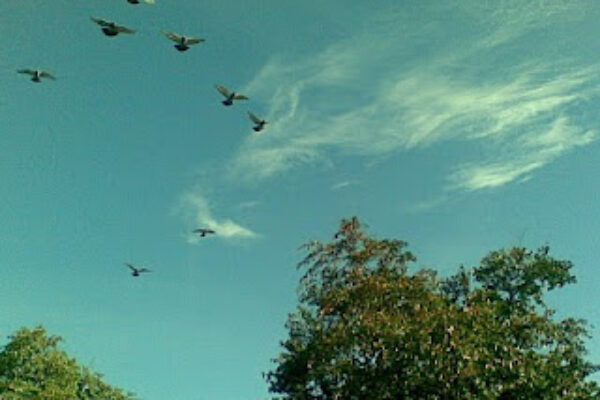
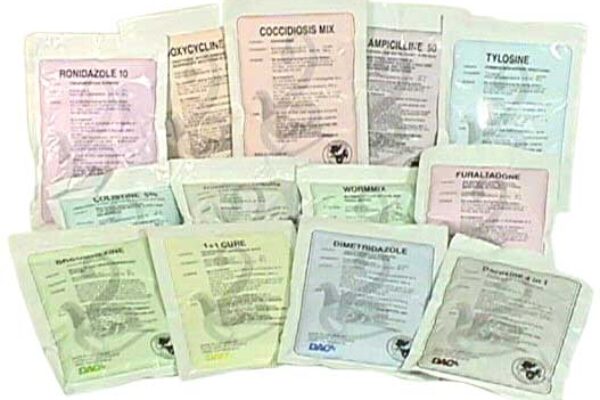
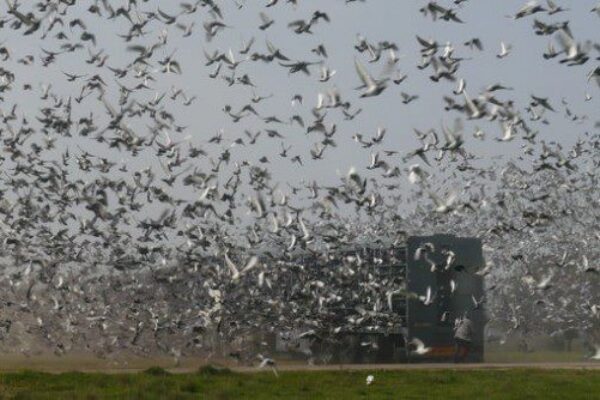
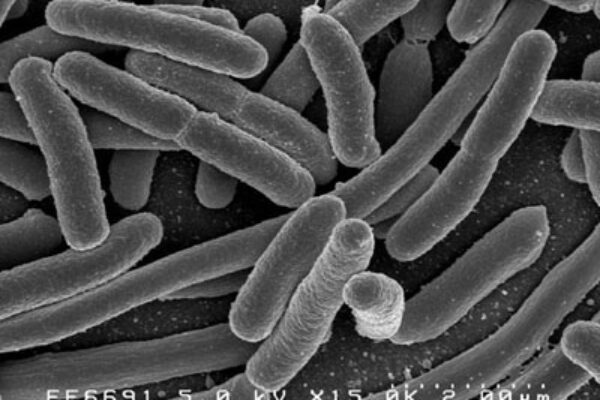
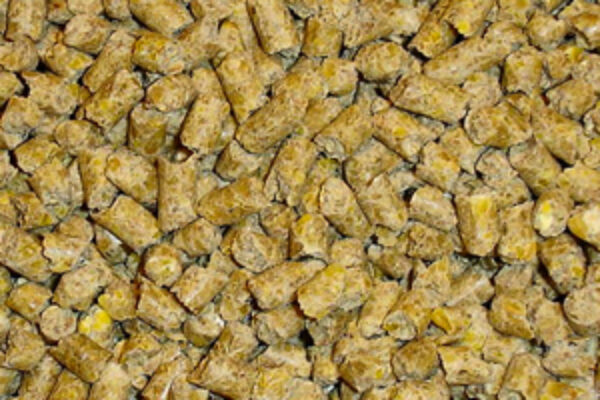
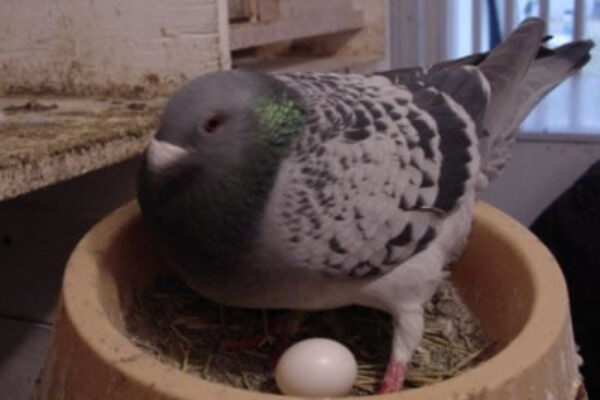


hi all i have pigeons 55 years you have 2 keep feed dry and clean you should clean lofts every day i keep garlic and apple cider in the drinking water at a rate of i clove garlic fresh type and 1 quater cup 60 mml per gal water every day year around and i will say this it works i use less drugs on the birds and it seams no salmonella out breaks at all i allso use brewers yeast and v8 juice on the feed at least 1-2 days aweek and very good grit changed every day i breed nice healthy babies in cold weather or warm weather i do think salmonella is in all pigeons in low numbers it takes stress to bring it out dont make stress in your lofts and by the way 1tsp of bleach in the water for seven days works on salmonella as a fixer up iam not a vet but this works for me and thats a good thing good luck all your friend ronald frazier
Hi Jeff,
First of all , I don’t want to harm anyone with my comments just inform of my personal experience.
Did you have your pigeons tested for salmonella, was salmonella isolated by a pigeon vet at a laboratory?
Some strains of E. Coli are very pathogenic and the source could be the rodents’ droppings that you found in the maize, Baytril is becoming less effective to combat either Salmonella or E. coli infections, based on susceptibility test
A virulent starin of E. Coli can easily go further the intestines and reach the blood stream to settle in the joints.
Rats and mice can carry salmonella in their faeces but not always, however E. Coli is usually present and in the urine too.
Besides Fluoroquinolones (family of antibiotics to which Baytril belongs to) are chelated by calcium, iron and other minerals which are present in pigeon grit making the therapy less effective.
About apple cider vinegar, I will tell you my experience, I could not find any practical use to keep my pigeons from being infected with any kind of germs.
For me it is useless to try prevent pathogenic E. Coli, Trichomonas or, Adeno- virus infection, I have no experience with salmonella but I doubt it.
Salmonella can not multiply at low ph values, but it can survive for sure.
Geork.
Yes I had to take the first sick bird to the Vet as in NZ you can’t get drugs for birds otherwise, the bird tested positive for salmonella so I was given Baytril to treat the birds with.
I also had one bird with the twisted neck symptom, and some very sick youngsters in the nest.
Once on Baytril the birds did not get any worse,the adult birds looked real healthy in fact but the wing joints did not recover and they could not fly properly.
As I have a personal loft rule (always have done) that all my birds must be able to fly I eventually and somewhat reluctantly culled the infected birds, a real sad occasion as I really hate culling birds that have raced well for you.
Since I have had the birds on Apple Cider Vinger in their drinking water my birds race performances have improved markedly, the evidence is no more sick youngsters, hatch survival rate to maturity over 95% this breeding season 99%, one hatchling was squashed somehow in the nest.
I had an Australian Vet who was doing a talking tour in NZ scoff at the mention of using Apple Cider Vinegar in the drinking water saying that it was useless at preventing disease in pigeons, but I know that it works for my birds, as the race results speak for themselves.
Being the clubs back marker I always thought that was the reason for not doing well and nearly always being at the bottom or close to in the race results.
.Race results this old bird season ,one first place diploma,five second place diplomas,three third place diplomas.
Last young bird season I won the young bird averages which in the clubs 80 year history had never been achieved by a back marker.
So whatever the Apple Cider Vinegar is doing I will keep on using it as it works on my particular strain of pigeons.
As I said earlier Rodents=SICK PIGEONS the two do definately not mix!!!!
Hi I certainly don’t agree with the Rat’s and Mice section.I had an out break of Salomonella after unwittingly feeding my birds mice contaminated maize, The mice had invaded my grain store and I caught 72 in traps in a two month period.The effected birds developed dropped wings( all on the left side) and although treated with Baytril ( a very expensive drug) I eventually had to cull them all, about seven in total plus quite a few youngsters/babies.I now have all my grain in rodent proof bins and have rodent baits set in case they return.I now use apple cider vinger in the birds drinking water and have had no further outbreaks.At the time of the outbreak it was not the racing season.So there is a direct link RODENTS = SICK BIRDS. Also do not breed from birds with dropped wings as virtually all the birds offspring will die from Samonella as the parent is now a carrier of the disease.A good rule of thumb is if 95% or more of your baby pigeons hatch and thrive you do not have salmonella, but if you have babies dying left right and centre then you surely do have it in your loft.
yeah would like to know more on treatment and prevention
why at the start of this article do you show a picture of a feral pigeon and not a racing pigeon, ive noticed quite a lot of adverts like hotels in blackpool for example use feral pigeons in their adverts, bit like using donkeys for race horses i think.
Hey Dennis, your right we just use images really for illustration purposes.
Hi Chris good article but should go further on treatment etc.
Yes, would like to see more on treatment. Thanks
Hi Jeff apple cider vinegar had nothing to do with your turn around getting rid of
the effected birds you had that were not right is what help you i know i went through
this in 2009 had my birds check the whole nine yards i had to put down a lot of pigeons.
Your young birds you were lucky again apple cider vinegar is not strong enough to
kill YBS.Our club goes through the same thing every year we all get it different lofts
and using apple cider vinegar.I believe Alltech is stronger and works better than
apple cider vinegar it also helps lower the numbers with canker.I’m glad you turn
the corner and everything is going well but there are no great cures the best thing
about apple cider vinegar is it will firm up the droppings in most cases.